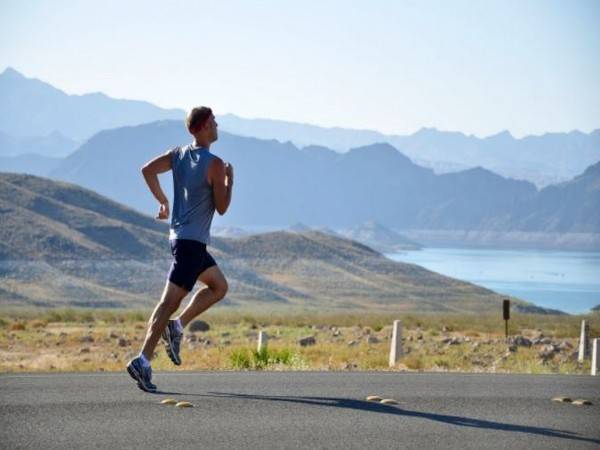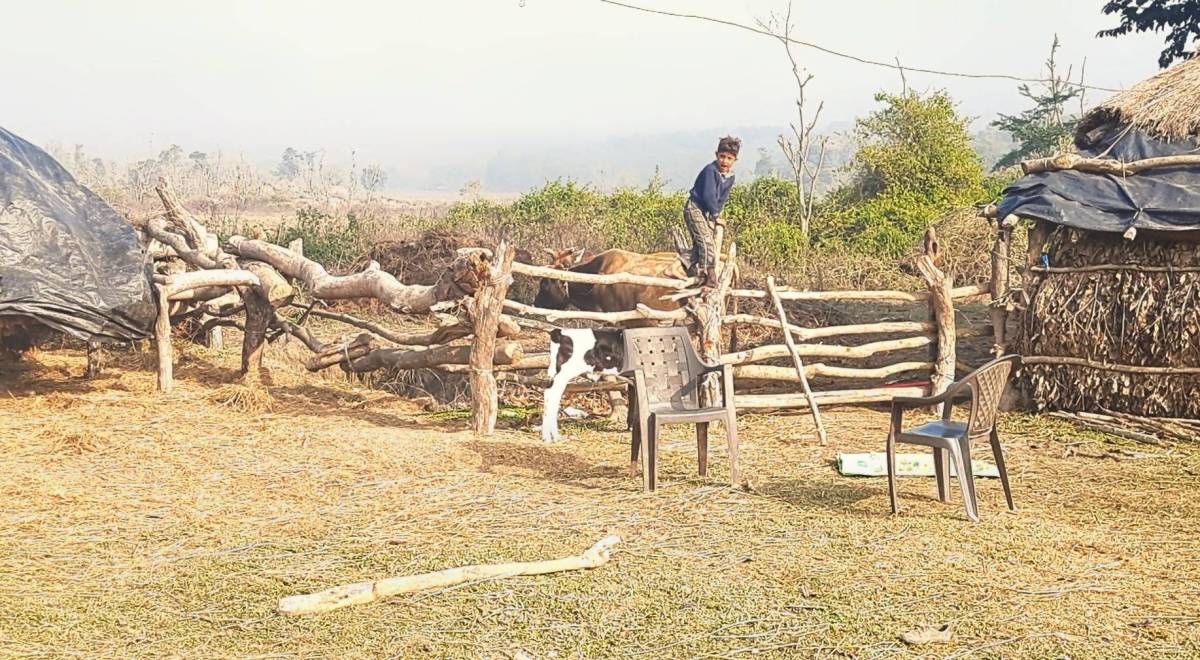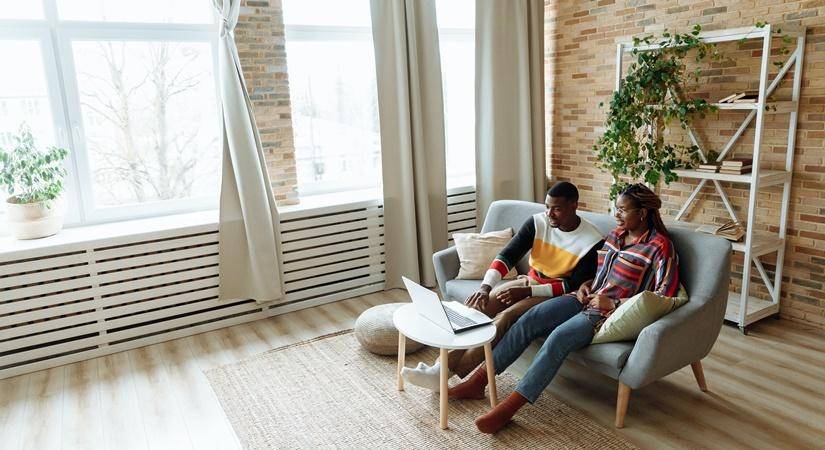Whether we want to accept it or not, biologically men and women are very different. One of the important differences is in the way men and women use and store fat. Men on average have about 3 per cent essential fat as part of their composition – women have 12 per cent…reports Asian Lite News
Essential fat is a percentage of total body fat mass that is necessary for insulation, protection of our vital organs, vitamin storage and building key cell messengers like steroids that are necessary for effective cell communication. Without this fat, the body does not function properly and our immune and neurological systems get affected.
Women have four times as much essential fat. Stored fat in women is actually beneficial to overall health. A baseline of 12 per cent of essential fat protects women from type two diabetes and even heart disease. This is important to understand because:

It helps with expectations and goal setting when you choose weight loss programmes:
Striving for 20 per cent body fat is unhealthy
There are three popular diets in the world: Keto Diet, Intermittent Fasting, and GM Diet. Unfortunately, these diets are not helpful especially for women who are thinking of significant weight loss (more than 15-20 kgs) and maintaining it permanently.
Let’s look at these diet plans in detail:
Keto Diet: The ketogenic diet is a low carb, high-fat diet. Restricting carbs and increasing fat intake can lead to ketosis, a metabolic state in which your body relies primarily on fat for energy instead of carbs. “Women’s bodies always resist losing fat as it is essential for pregnancy and lactation, and it’s essential.”
Carb intake in the keto diet is typically limited to fewer than 50 grams per day, which can cause shock to women’s bodies. When the carb quotient depletes, it switches to ketones and fat for fuel at the start of this eating pattern, women’s brain and metabolism starts resisting fat loss. It results in a complete imbalance leading to hormonal and metabolic changes. Also, Keto-type diets usually work only for a short term and can have side effects such as headaches, dizziness, fatigue, nausea, and constipation.
Further, most of the initial weight loss is water weight. Once the body enters ketosis, we begin to lose muscle, become extremely fatigued, and eventually enter starvation mode which actually makes it even harder to lose weight.
ALSO READ: Prolonged sitting leads to health issues
A keto diet does more harm than good to the majority of women especially if they have any underlying medical conditions like PCOS, Irregular menses or Infertility.
Intermittent Fasting: Fasting is a practice that involves completely abstaining from eating or avoiding certain foods for a fixed period. In recent years, intermittent fasting has become increasingly popular with people looking to lose weight.
During studies, it was found that although intermittent fasting produced favourable results in people who were overweight or obese, women who tried it, had the following negative effects:
Severe mood swings
Extreme hunger
Low energy/fatigue
Obsessive thoughts about food
Overeating on days without restricted calories
Depression
Anger
Most women exhibit such behaviours in the first few weeks of intermittent fasting. It is also observed that by restricting calorie intake in this manner, it may interfere with their menstrual cycles.
GM Diet: The GM diet aims to help people lose weight by focusing on a specific food or food group each day for a week. The GM diet consists of a 7-day meal plan. Each day focuses on a specific food or food group.
ALSO READ:
Although the idea of substantial weight loss within a short period may seem attractive, the GM diet does come with risks which are:
Lacks vital nutrients: Women following the GM diet may not get enough of certain important food groups, such as healthy fats and protein. This diet may also lack essential vitamins and minerals that come with eating a wide variety of healthful foods.
Short-term weight loss: The GM diet is not a sustainable long-term weight-loss strategy. A woman may regain weight once they stop following the diet. One reason for this is that the diet does not necessarily teach techniques for healthy cooking or eating which is essential for long-term weight maintenance.
Other risks which are very common and can be aggravated in women in a few weeks include dehydration, headaches, fatigue, muscle weakness and inability to concentrate, In a nutshell, balanced calorie intake – macronutrients like carbs, proteins, fats, and micronutrients like vitamins and minerals which are essential for pregnancy, lactation and overall health of the women. Hence, eating a balanced meal during weight loss is advised.















